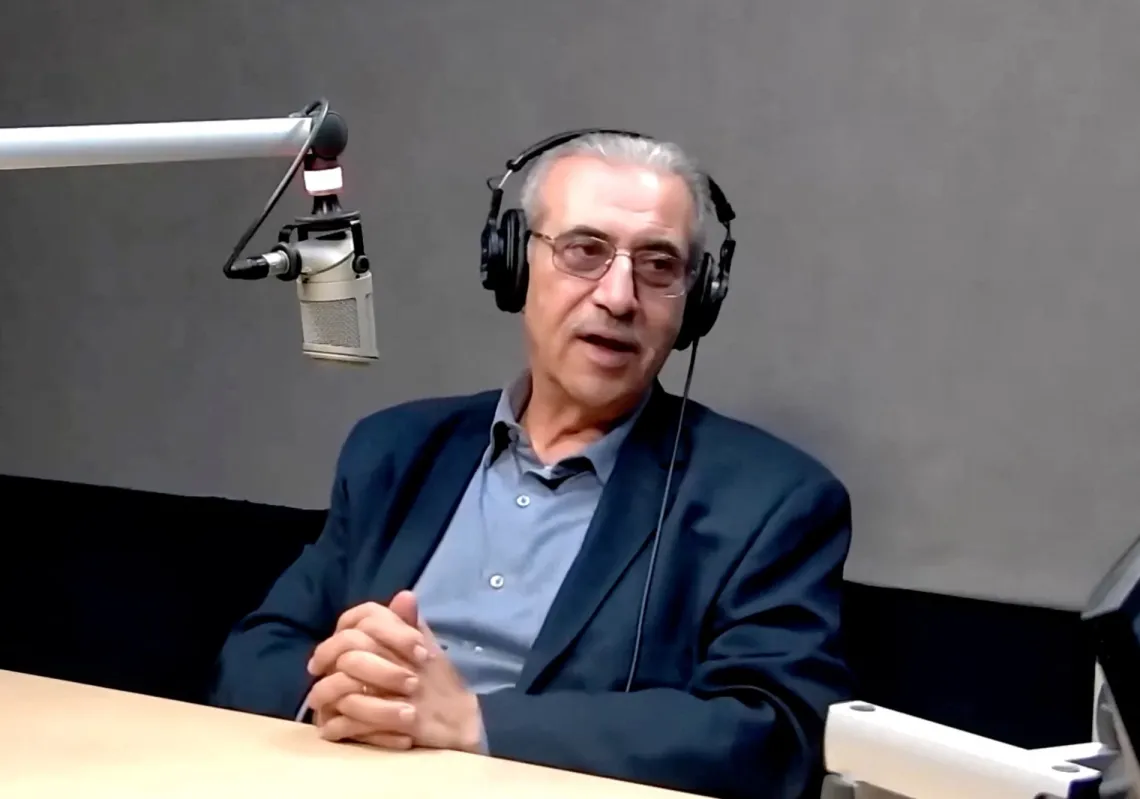In the early 1980’s, Saudi King Fahad bin Abdul Aziz, who ruled between 1982 and 2005, believed in agriculture as a pillar of self-dependence. He worked hard to achieve wheat self-sufficiency relying on the “wheat circles” model, which are irrigated by deep underground water in the Middle of the Arabian Peninsula.
The idea was revolutionary in the sense that it made the desert Kingdom one of the major producers of wheat with one third of the crops ready for exports. Individual farmers and companies got generous government subsidies and the government also bought the wheat crops from producers at four to six times more than the international prices.
In just a few years, Saudi Arabia surpassed self-sufficiency to exportation. The total production of wheat surged from around 150,000 tons in the late 1970’s and early 1980s to 4 million tons in the early 1990s. Wheat agriculture expanded horizontally and vertically across the Kingdom.

Saudi Arabia used wheat as soft power. After the Iraqi invasion of Kuwait (Aug 2, 1990), Saudi Arabia rallied the nations of the world for the cause of Kuwait liberation. To attract the Soviet Union to Saudi side, the Kingdom sent a couple of wheat shipments in addition to buying arms and financial aid. The total production continued to decline with in consideration of the attrition of underground water until it reached between 2.4-2.8 million tons by the middle of 2000’s.
Concerns over water shortages for future post-oil generations raised the flag and alarmed top policy makers. What happened next?
FROM RATIONALIZATION TO RESTRICTIONS
The wheat production declined after a series of restrictions until the Saudi government, led by King Abdullah bin Abdul Aziz, suspended the wheat agriculture subsidies with few exceptions in 2009. The plan was to keep the underground water reservoir for future generations, and empower Saudi agricultural investments in Argentine, the US, Sudan, Australia, Brazil, Egypt, Ukraine, and other nations.
The wheat production stands now at around 560,000 tons. The total consumption is estimated at 3 million tons annually.
SALIC, the Saudi Agricultural and Livestock Investment Company, a PIF-owned subsidiary (public Investment Fund), was founded in 2009 to be active in bringing food security to the Kingdom through buying land and stakes, takeovers, and establishing new companies in water-rich, stable countries.
“It is a strategic shift. While reserving our national wealth of underground water and wells, the government wanted to make sure the wheat supplies are sold at a stable consumer price without growing wheat locally”, said Gurmalla Said, a Taif-based retired geographic researcher and long-time teacher, told Majalla English.
“With huge financial capabilities directed towards agricultural investments, the Agricultural Development Fund (ADF), a USD 5.3 billion fund continues to finance Saudi investors in the field. The Saudi private sector got motivated to invest abroad. Al Marai, a Saudi diary and food manufacturing, a stock market-listed company, bought more land in Argentine. Other private companies invested in Sudan, such as Al Rajhi International Investment Co., to produce wheat.

FOOD SECURITY & RUSSIA-UKRAINIAN CONFLICT
After the fall of the Soviet Empire, Russia had serious food security issues. The Putin Administration launched a huge national wheat production campaign. Russia joined the world’s top producers: China and India with 11% of the global production.
Saudi bought some wheat shipments from Russia starting 2017. In the same year, the Saudi government eased some of the restrictions to allow more wheat production in small land holdings under 50 hectares. With the Russian military operation against Ukraine getting more complicated, concerns are rising over wheat grain and wheat-based food supplies. Ukraine is a significant wheat supplier; however, nobody can expect what would happen if the world missed the Ukrainian wheat harvest season in June.
There are other safe suppliers but at a higher cost. “Can we say goodbye to the cheap food age?”, wondered Mohammed Tawfeeq, an Arab agricultural engineer, who worked in Saudi Arabian farms and pesticides distribution.
China, India, France, Argentina, and the US can compensate for the shortage of wheat, considering that the prices inflated by 50% or more. The question to be asked: What is the Saudi response to food security and wheat supplies?

RENEWABLE WATER SOURCES
Saudi Arabia has built 525 dams over the past 60 years. 86 dams are located South of the Kingdom, which is famous for its mountains and plains with thousands of countryside farmers who have smaller farms.
“The same success story of wheat production in the 1980s can be repeated using renewable water resources, rain-fed agriculture, and dams. With a huge network of dams, Saudi is planning to benefit from each and every drop of rainwater”, commented Eng. Tawfeeq.
“Unlike organizational investments, individual farmers don’t have major capabilities. The Ministry of Environment, Water, and Agriculture has launched a variety of programs to empower individual farmers. Self-sufficiency is not impossible if more investments are introduced in smart farming and irrigation technologies, financial subsidies, and technical support”, he added.
“On the expectation of local wheat production from renewable resources, it is possible to increase the production from 16% currently to 25% or 30% in just 3 or 4 years. This relies on the rain quantities and water reserved in dams. It is a step forward and more steps are expected to be taken to ensure food security is at its highest levels at affordable prices. This is the bottom line”, Tawfeeq concluded.








